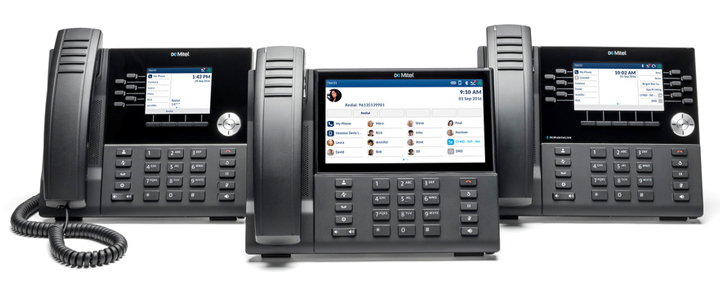The Federal Communications Commission (FCC) adopted a Report and Order that implements Kari’s Law and the RAY BAUM’s Act. These are both designed to ensure that the public has greater access to 911 and emergency services and require certain organizations to comply with each.

Kari’s Law applies to multi-line telephone systems (MLTS), which are often used by office buildings, campuses, and hotels. Kari’s Law requires MLTS to allow users to dial 911 directly without requiring that they dial a prefix to reach an outside line. In addition, MLTS must provide a notification to a security office or front desk when a 911 call is made.
RAY BAUM’s Act emphasizes the importance of sharing precise location information when calling 911, which is invaluable to first responders in locating callers and can drastically increase the potential for better emergency outcomes.
Section 506 of the RAY BAUM’s Act requires the FCC to consider adopting rules to ensure that a 911 caller’s dispatchable location is properly conveyed with the call, regardless of the technological platform used. “Dispatchable location” is defined as “the street address of the calling party, and additional information such as room number, floor number, or similar information necessary to adequately identify the location of the calling party.”1
By February 16, 2020, an organization needs to modify their communications systems that comply with the mandates of Kari’s Law. Any business or agency that does not comply with Kari’s Law could face a fine of up to $10,000 in addition to other penalties, including a daily fine of up to $500 each day they are found not in compliance. Organizations might also create risks of endangering their employees, customers, and others, as well as potentially devastating civil liabilities when a tragedy occurs.
In accordance with the FCC’s order implementing RAY BAUM’S Act, the initial compliance dates for the Section 506 “dispatchable location” components are January 6, 2021 for fixed MLTS calls and January 6, 2020 for non-fixed MLTS calls.
Partners Technology applauds the FCC for taking additional steps to make emergency services more easily accessible from organizations, government agencies, campuses, and other businesses via Kari’s Law, as well as helping to better locate 911 callers via RAY BAUM’s Act.
Partners Technology’s Unified Communications solutions ensure U.S. organizations are in full compliance with this new legislation by providing improved functionality, including:
1 Federal Register, “Implementing Kari’s Law and RAY BAUM’S Act; Inquiry Concerning 911 Access, Routing, and Location in Enterprise Communications Systems; Amending the Definition of Interconnected VoIP Service,” FCC, December 5, 2019.
Partners Technology is proud to provide solutions that deliver state-of-the-art technology and come with integrated security to protect phone conversations and business data. For more information about how Partners Technology business communications products can help increase your organizations efficiency and return on investment, please contact us.